Universal Design for Learning (UDL) is used to design curriculum, lessons and instruction based on the diversity of the learners in their classroom.
How can UDL guide personalize learning to meet the Common Core?
When a teacher understands his/her learners through the UDL lens, he/she creates a flexible learning environment and provides opportunities for learner voice and choice. When lessons are designed using the UDL model, the lesson includes goals, methods, materials, tools, and assessments to reach and support the maximum amount of learners in the classroom.
Learners can use this model to help them understand how they learn best and what learning path they can take to become an independent expert learner, leveraging their natural abilities in the process. This process helps the learner create their personal learning profile that is understood by both teacher and learner.
The importance of this strategy is that both the teacher and the learner understand who the learner is and how they learn best. The learner and the teacher uses the UDL lens to personalize learning. So what does that look like?
An example of an 8th Grade unit on the Civil War serves as an example along with two students who can meet a number of CCSS when they choose and use the tools to support their learning.
Explore our new website, Personalize Learning (www.personalizelearning.com), to learn more about the research, models and educators who are personalizing learning.






 Your new post is loading...
Your new post is loading...







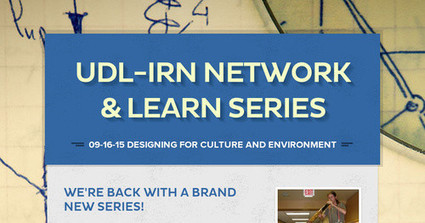

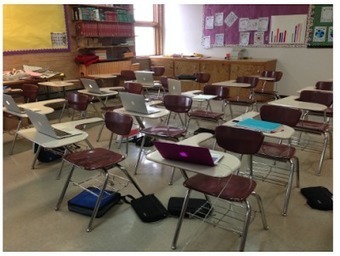



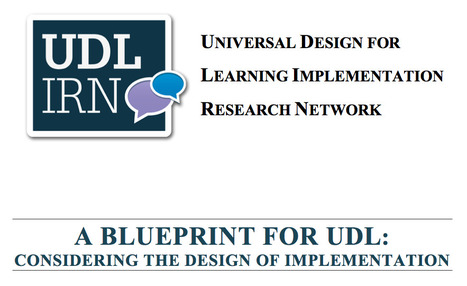
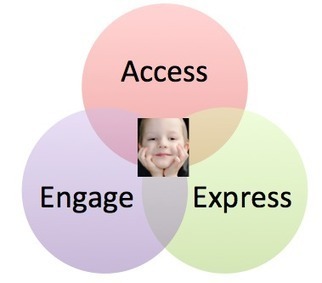




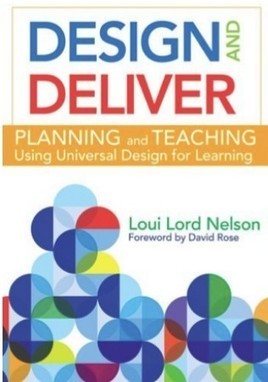

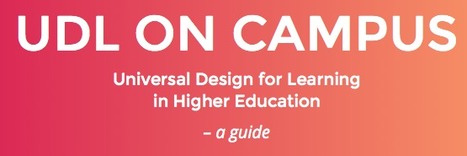

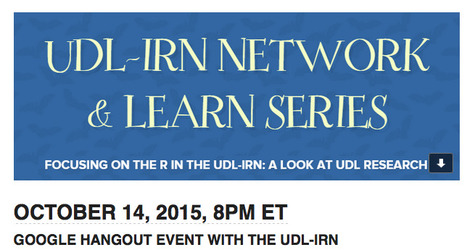
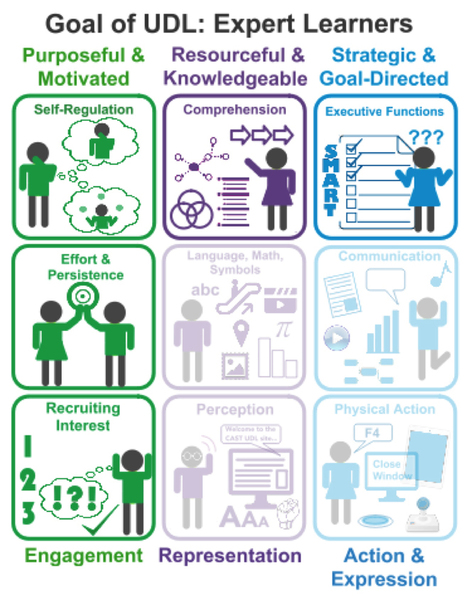

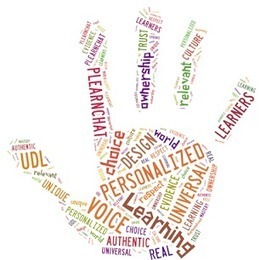








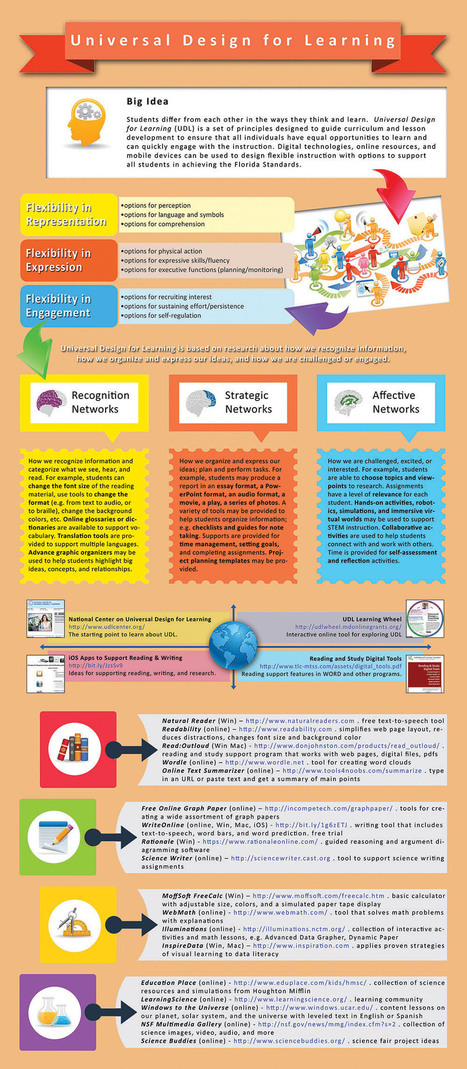








CAST is offering four online UDL courses from September 24th thru December 17th. They are:
> UDL101: An Introduction to Universal Design for Learning
> UDL101M: An Introduction to Universal Design for Learning (Mathematics Emphasis)
> UDL101A: Deeper Engagement of All Learners: Motivation and Emotion in the UDL Classroom
> UDL102: Applying Universal Design for Learning to Instructional Practice in Content Areas
Don't miss this opportunity to learn more about UDL and how to put it into practice.